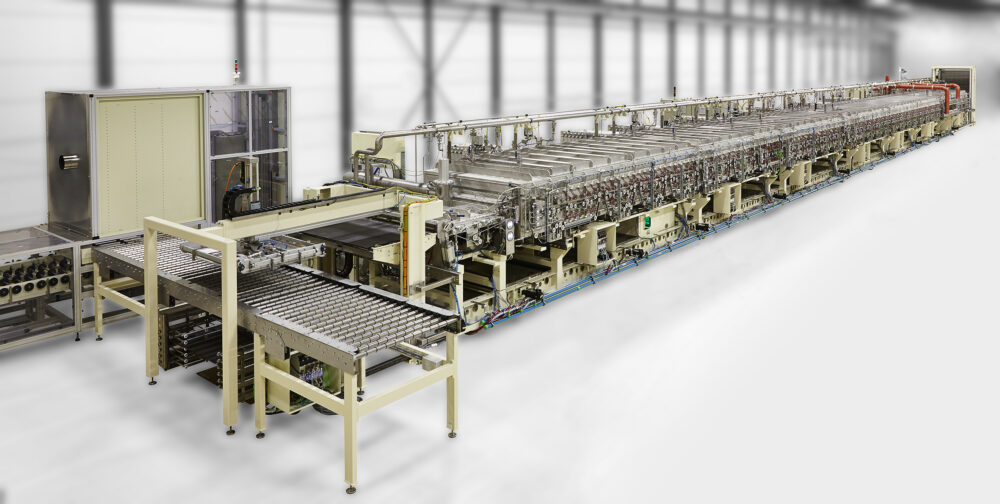

Smit Thermal Solutions offers a comprehensive product portfolio that includes advanced deposition modules such as Close Space Sublimation (CSS), Vapour Transport Deposition (VTD), and PE-CVD based process chambers with or without a Plasma source.
Our team is experienced in configuring these advanced deposition modules to meet the specific needs of our customers, allowing us to provide a total production tool that delivers exceptional results. By incorporating these cutting-edge technologies into our equipment, we can offer a comprehensive product portfolio that meets the diverse needs of our customers across a range of industries.
At Smit Thermal Solutions, we are dedicated to providing our customers with the most innovative equipment and solutions. Our commitment to quality and customer satisfaction ensures that our customers receive the support they need to succeed in their industries. With our advanced equipment and expertise, you can trust us to provide the solutions you need to achieve success.
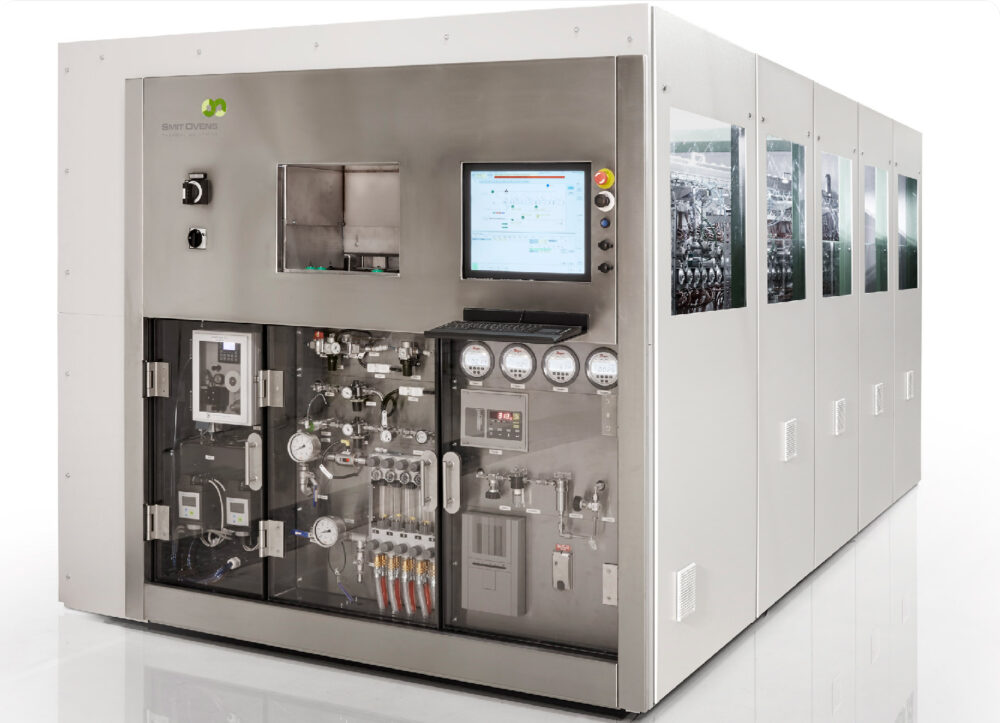
Smit Thermal Solutions is proud to offer industry-leading Plasma-Enhanced Chemical Vapor Deposition (PE-CVD) equipment, featuring our proprietary expanding thermal plasma (ETP) technology. With this technology, we enable fast and efficient deposition of thin films at a high rate of greater than 1 µm/min. Our PE-CVD equipment is specifically designed for cost-effective manufacturing, making it an excellent choice for a range of industries.
Our PE-CVD equipment supports the deposition of various materials, including a-Si, Silicon Nitride, Silicon Oxide, DLC, Al doped ZnO, AlOx, and others, offering you flexibility in your manufacturing process. Additionally, we provide tunable layer properties, allowing you to create dense or highly porous coatings that meet your specific requirements.
Our PE-CVD equipment uses a remote plasma, ensuring that there is no damage to the substrate from high-energy ion bombardment. This makes it an excellent option for delicate substrates, such as those used in the display and electronics industries. Furthermore, our equipment is designed to support both single-side and dual-side coating, ensuring maximum flexibility in your manufacturing process.
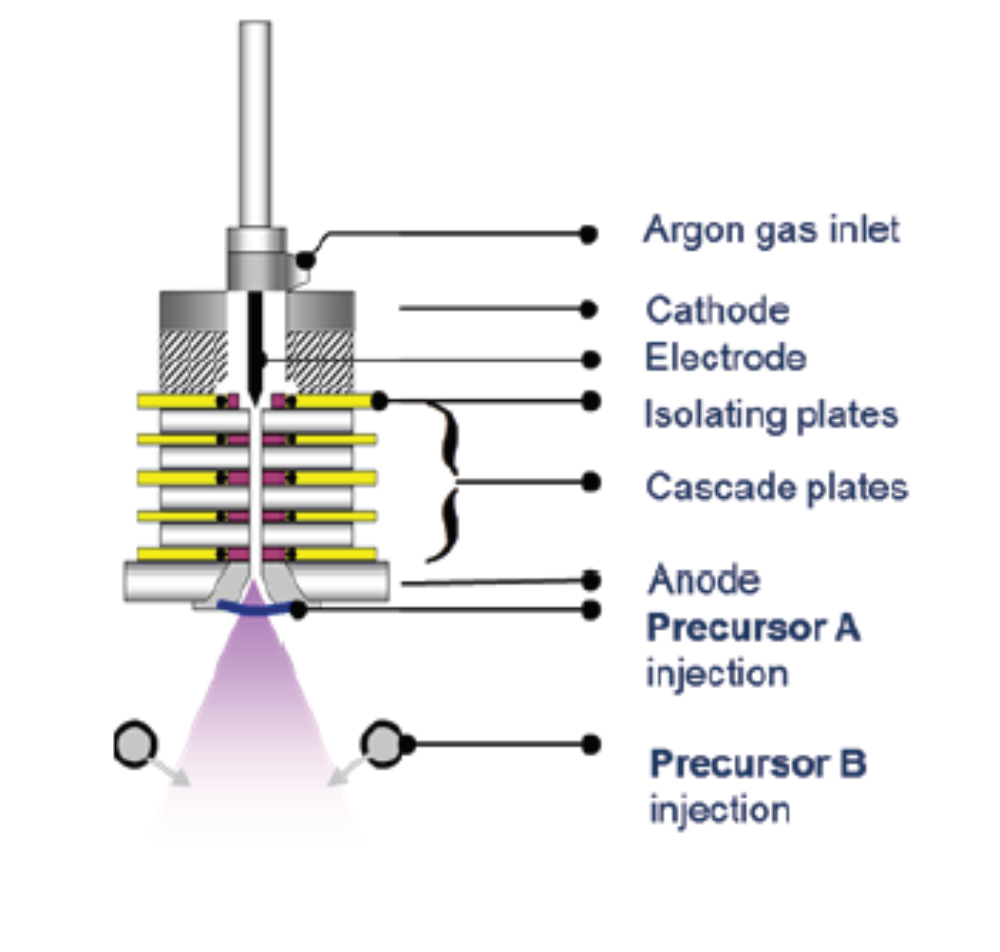
Smit Thermal Solutions provides state-of-the-art Chemical Vapor Deposition (CVD) equipment, a vacuum deposition technique used to create high-quality thin films. Our CVD equipment is versatile, available for both sheet-to-sheet and roll-to-roll manufacturing, allowing us to meet the diverse needs of our customers.
Our CVD equipment supports the deposition of various materials, including TCO layers, making it an excellent choice for industries such as solar and display. In addition, the CVD method is well-suited for growing vertically aligned carbon nanotubes, opening up possibilities for a range of applications in the electronics and energy storage industries.
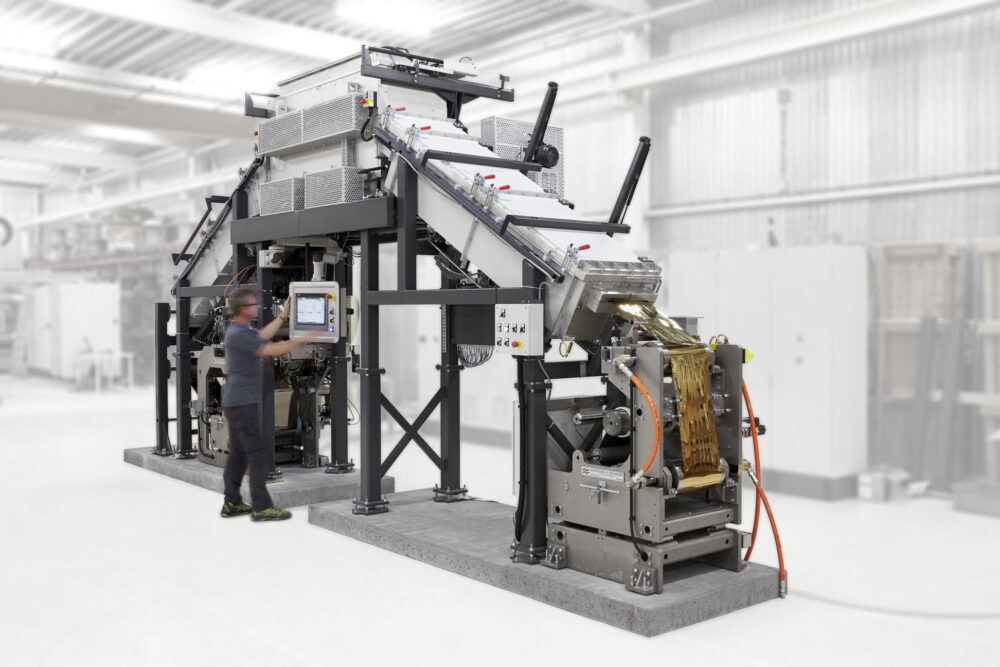
Smit Thermal Solutions specializes in Closed Space Sublimation (CSS), a form of Physical Vacuum Deposition (PVD) technology used to deposit thin films on a substrate. This technique involves heating a crucible containing the source material, causing it to vaporize and condense onto the substrate located in close proximity, typically a few millimetres away.
CSS has been proven to be a reliable method for depositing thin films for various applications, including CdTe and perovskite films for photovoltaic purposes. With high deposition rates and scalability for manufacturing purposes, CSS is a cost-effective solution for a range of industries.
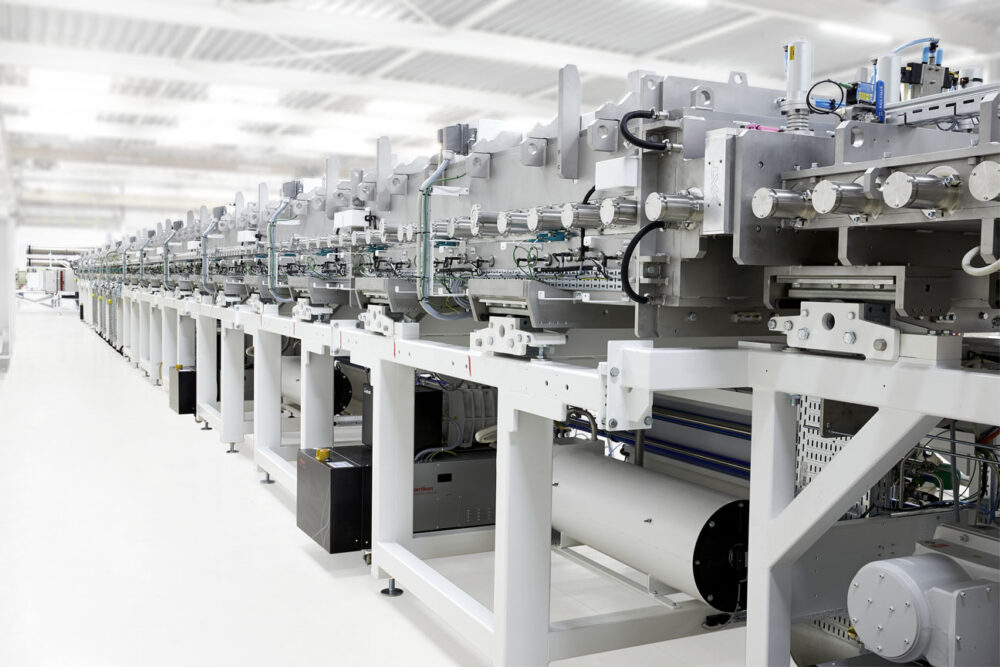
Smit Thermal Solutions offers Vapour Transport Deposition (VTD), a technology similar to CSS, used for depositing thin films on substrates. In VTD, the source material is situated away from the substrate, and an inert gas flow is used to transport the vapor from the source to the substrate.
One of the advantages of VTD over CSS is that it allows for a higher temperature difference between the source and substrate, making it particularly suitable for substrates with low thermal mass. Moreover, VTD is a more flexible technology that allows for both top-down and bottom-up deposition, whereas CSS is limited to bottom-up deposition.
